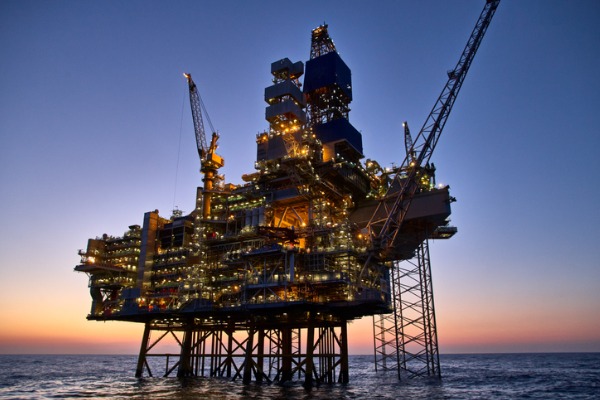ii view: BP warns on Q3 profit margins
Driving improved operational efficiency and with a high focus on shareholder returns. Buy, sell, or hold?
11th October 2024 11:37
by Keith Bowman from interactive investor

ii round-up:
Oil and gas giant BP (LSE:BP.) today issued an update on trading that offered few if any surprises ahead of its third-quarter results on 29 October.
A 14% increase in the average gas price compared to the prior second quarter is expected to generate a marginally favourable profit impact. Similar to rivals Shell (LSE:SHEL) and Exxon Mobil Corp (NYSE:XOM), that’s countered by a fall in oil refining profit margins, potentially reducing quarterly profit by up to $0.6 billion.
Shares in the FTSE 100 company fell 0.5% in UK trading having come into this latest news down 12% year-to-date. Shares for Shell and TotalEnergies SE (EURONEXT:TTE) are each up marginally during 2024, although below a 6% improvement for the FTSE 100 index itself.
- Invest with ii: SIPP Account | Stocks & Shares ISA | See all Investment Accounts
BP operates in more than 60 countries. Slowing economic growth in China has reduced demand for oil during 2024, with refining margins further hindered by the opening of new industry-wide plant capacity.
Third-quarter upstream oil and gas production is now expected to be broadly flat compared to Q2. The average realised oil price fell 5% to $80.34 per barrel from the second quarter.
BP’s end of quarter net debt is expected to be higher, hindered by the re-phasing of around $1 billion of operational sale proceeds into the fourth quarter.
ii view:
Started in 1908, oil major BP today operates across four divisions. Gas and low carbon generated its biggest slice of profits during 2023 at almost 50%, followed by oil production and operations at close to 40%. Customer and products, including Castrol lubricants, aviation fuelling, and retail forecourt ops made up most of the 10% balance, with other businesses including engineering a small contribution.
For investors, the uncertain economic backdrop, including growth concerns in China, continue to offer uncertainty about energy demand and usage. A previous dialling back of investments in climate friendly areas is unlikely to please all shareholders. Gulf of Mexico accident and spillage settlement payments continue, while windfall taxes introduced in reaction to higher energy prices and the war in Ukraine persist.
- Sign up to our free newsletter for share, fund and trust ideas, and the latest news and analysis
- What to expect from the UK Budget
- Shares the pros are backing to shine as inflation cools
On the upside, a diversity of operations ranging from hydrocarbon production to windfarm generation regularly sees challenges for one area countered by positives for another. Subject to energy prices, BP is targeting share buybacks of at least $14 billion over the next 2025 financial year. A target to deliver at least $2 billion of cash cost savings by the end of 2026 continues to be pursued, while an expected strategy update alongside full-year results in February 2025 could help push momentum.
For now, and despite continued risks, the recent share price decline, a forecast dividend yield of close to 6% and consensus analyst fair value estimate above 500p per share are likely to keep investors interested.
Positives:
- Pursuing at least $2 billion of cost savings
- Focus on shareholder returns
Negatives:
- Climate change concerns
- Uncertain economic outlook
The average rating of stock market analysts:
Buy
These articles are provided for information purposes only. Occasionally, an opinion about whether to buy or sell a specific investment may be provided by third parties. The content is not intended to be a personal recommendation to buy or sell any financial instrument or product, or to adopt any investment strategy as it is not provided based on an assessment of your investing knowledge and experience, your financial situation or your investment objectives. The value of your investments, and the income derived from them, may go down as well as up. You may not get back all the money that you invest. The investments referred to in this article may not be suitable for all investors, and if in doubt, an investor should seek advice from a qualified investment adviser.
Full performance can be found on the company or index summary page on the interactive investor website. Simply click on the company's or index name highlighted in the article.